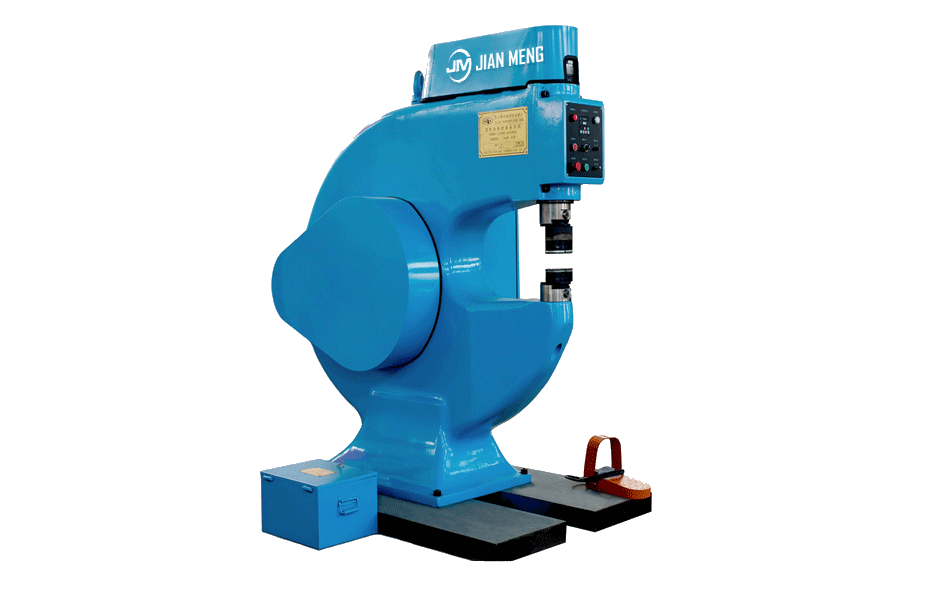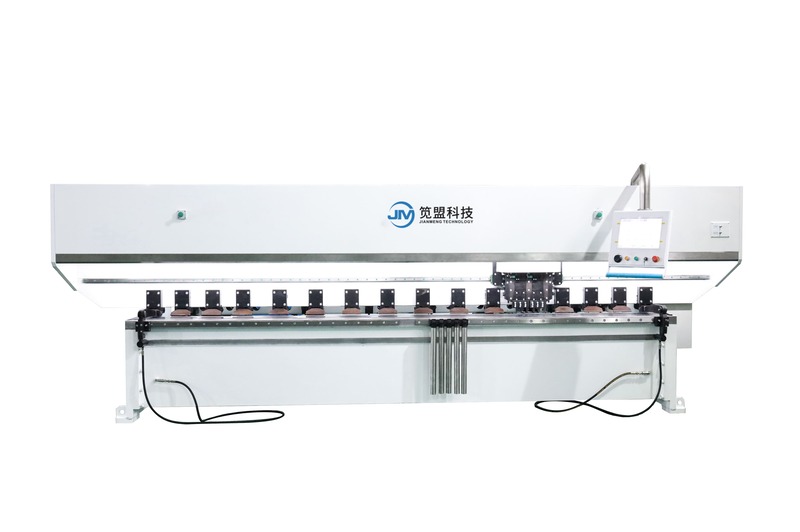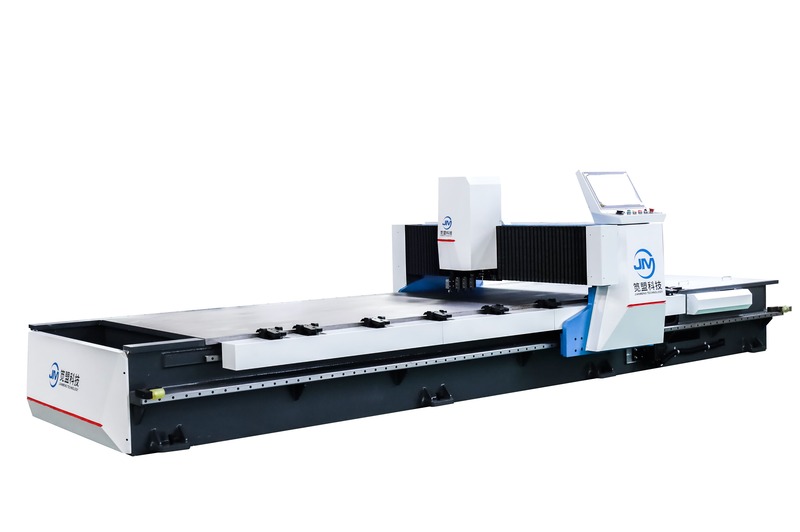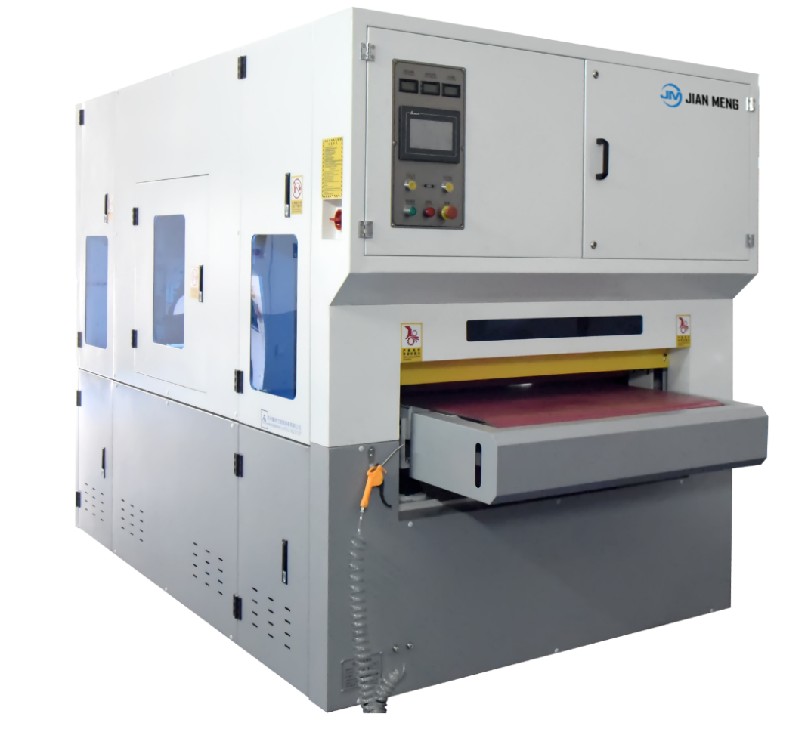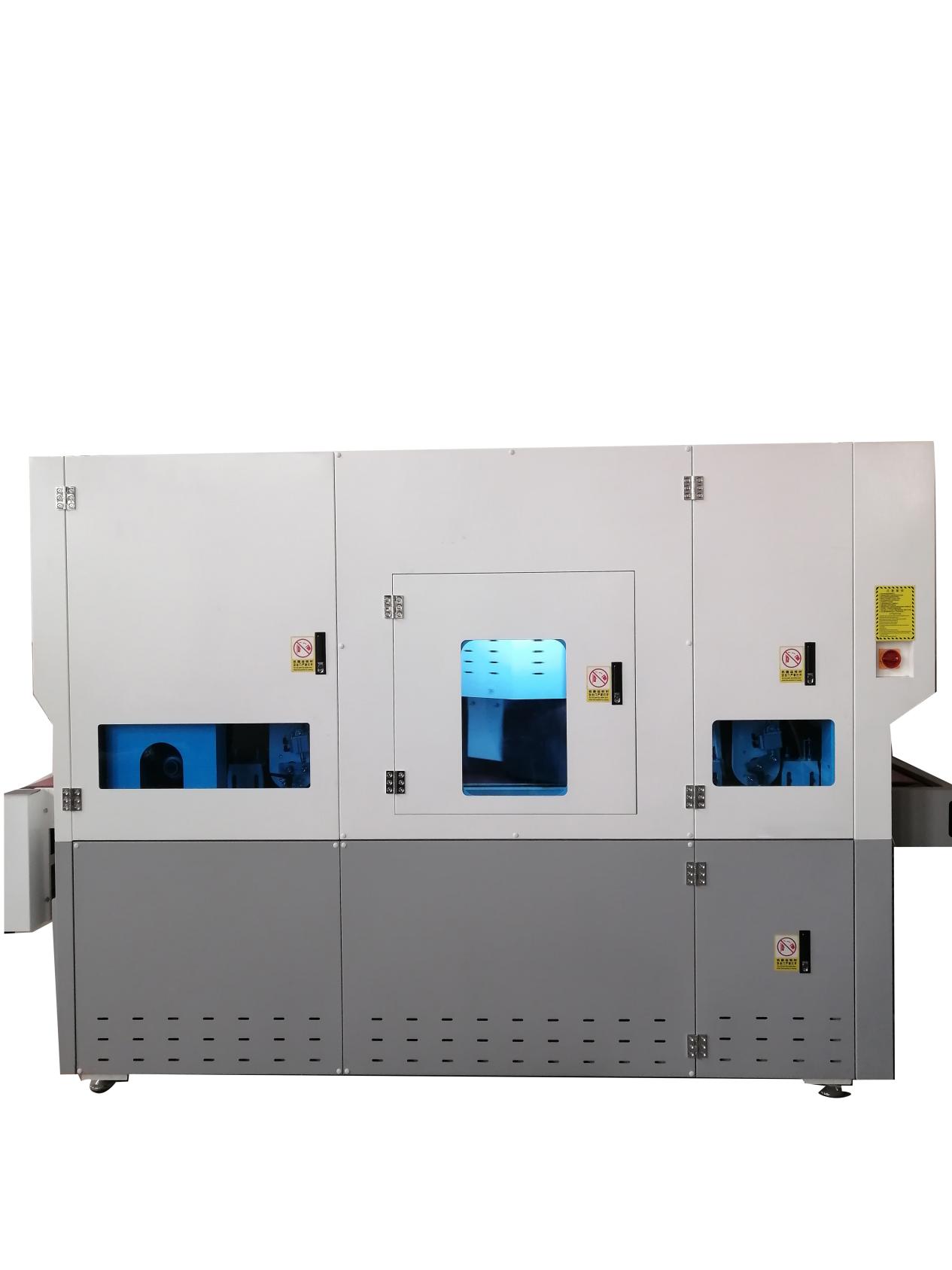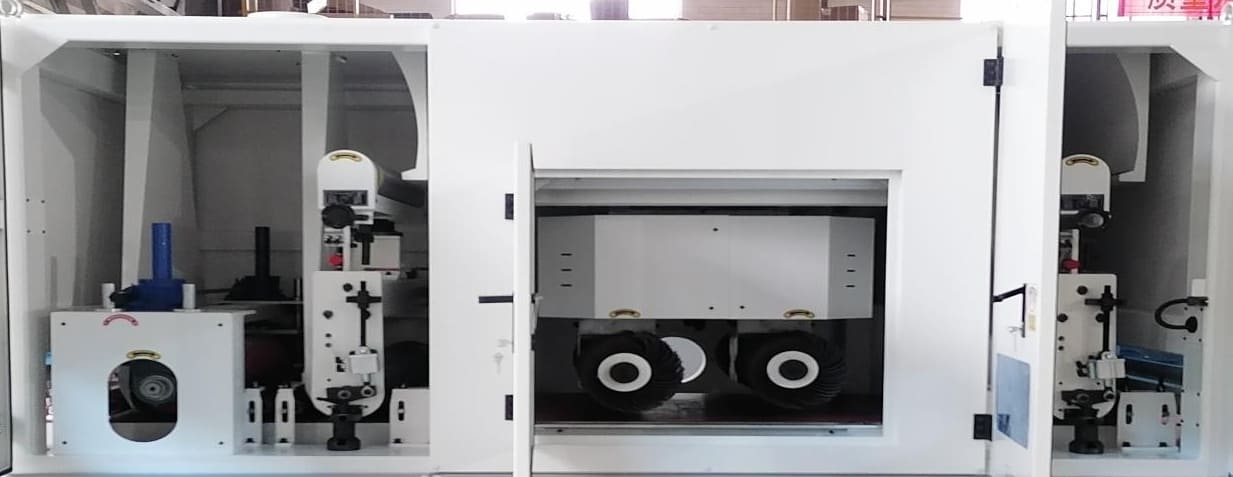- English
- Español
- Português
- русский
- Français
- 日本語
- Deutsch
- tiếng Việt
- Italiano
- Nederlands
- ภาษาไทย
- Polski
- 한국어
- Svenska
- magyar
- Malay
- বাংলা ভাষার
- Dansk
- Suomi
- हिन्दी
- Pilipino
- Türkçe
- Gaeilge
- العربية
- Indonesia
- Norsk
- تمل
- český
- ελληνικά
- український
- Javanese
- فارسی
- தமிழ்
- తెలుగు
- नेपाली
- Burmese
- български
- ລາວ
- Latine
- Қазақша
- Euskal
- Azərbaycan
- Slovenský jazyk
- Македонски
- Lietuvos
- Eesti Keel
- Română
- Slovenski
- मराठी
- Srpski језик
CNC DEBURTOR HOLIMING ÉS KOSÓGÉK
A JM egy vezető gyártó, amelynek specializálódott az Advanced Deburring Polishing & Ecsettel rendelkező gépek gyártására, amelyek célja a modern fémfelszíni feldolgozás legmagasabb színvonalának megfelelése. Ez a rendkívül hatékony és intelligens berendezés zökkenőmentesen integrálja a vitarendezést, a polírozást, az oxidréteg eltávolítását, a kampányt és a fémfelületet egyetlen folyamatba. A tartós polírozó és kefe gépet széles körben alkalmazzák a fémlemez gyártásában, az autóalkatrészek gyártásában, a precíziós műszergyártásban és más iparágakban, amelyek kiváló felületminőséget igényelnek. Hatékonyan kiküszöböli a fém anyagok, például a rozsdamentes acél, a szénacél, az alumínium és a réz széles skálájából a burrokat, az éles széleket és a felszíni szabálytalanságokat, biztosítva a sima és biztonságos éleket. A nagy hatékonyságú, stabilitás és intelligens működés érdekében tervezték, a vitorlás és kefe gépek javítják mind a munkadarabok esztétikai, mind funkcionális minőségét. Segít a gyártóknak a termékkonzisztencia és a termelési sebesség javításában, megbízható és átfogó felületkezelési megoldást kínálva. Függetlenül attól, hogy a cél a termékminőség frissítése vagy a feldolgozási hatékonyság korszerűsítése, a JM berendezése nélkülözhetetlen választás a fémmegmunkáló vállalkozások számára, amelyek a legmagasabb szintű eredményeket keresik a felszíni befejezéshez.
Modell:XDP-800RPRT
Kérdés küldése
Deburring Machines
Perfect Deburring: The XDP-800RPRT Deburring Polishing & Brushing Machine efficiently processes the edges of metal parts, sheets, and plates by removing rough burrs and sharp edges left behind during manufacturing, ensuring a smooth, safe, and high-quality surface finish. In addition to edge treatment, the machine effectively eliminates oxide layers and heat-affected zones from metal surfaces after welding, significantly improving the adhesion of coatings and paints. This comprehensive surface preparation makes it an essential tool for enhancing both the appearance and performance of metal components across various industrial applications.
Main configuration list
PCL touch screen(7-inch): Delta
PCL touch screen(7-inch): Delta
Roller brush self-rotation motor(2.2kw): Huarui
Roller brush orbital motor (1.5kW):Jinwanshun
Vacuum suction fan (15kW):Jiuzhou Puhui
Wet dust collector motor (5.5kW):Jiuzhou Puhui
Control buttons:Schneider (France)
Solenoid valve:Airtac
Pneumatic components:Mobang

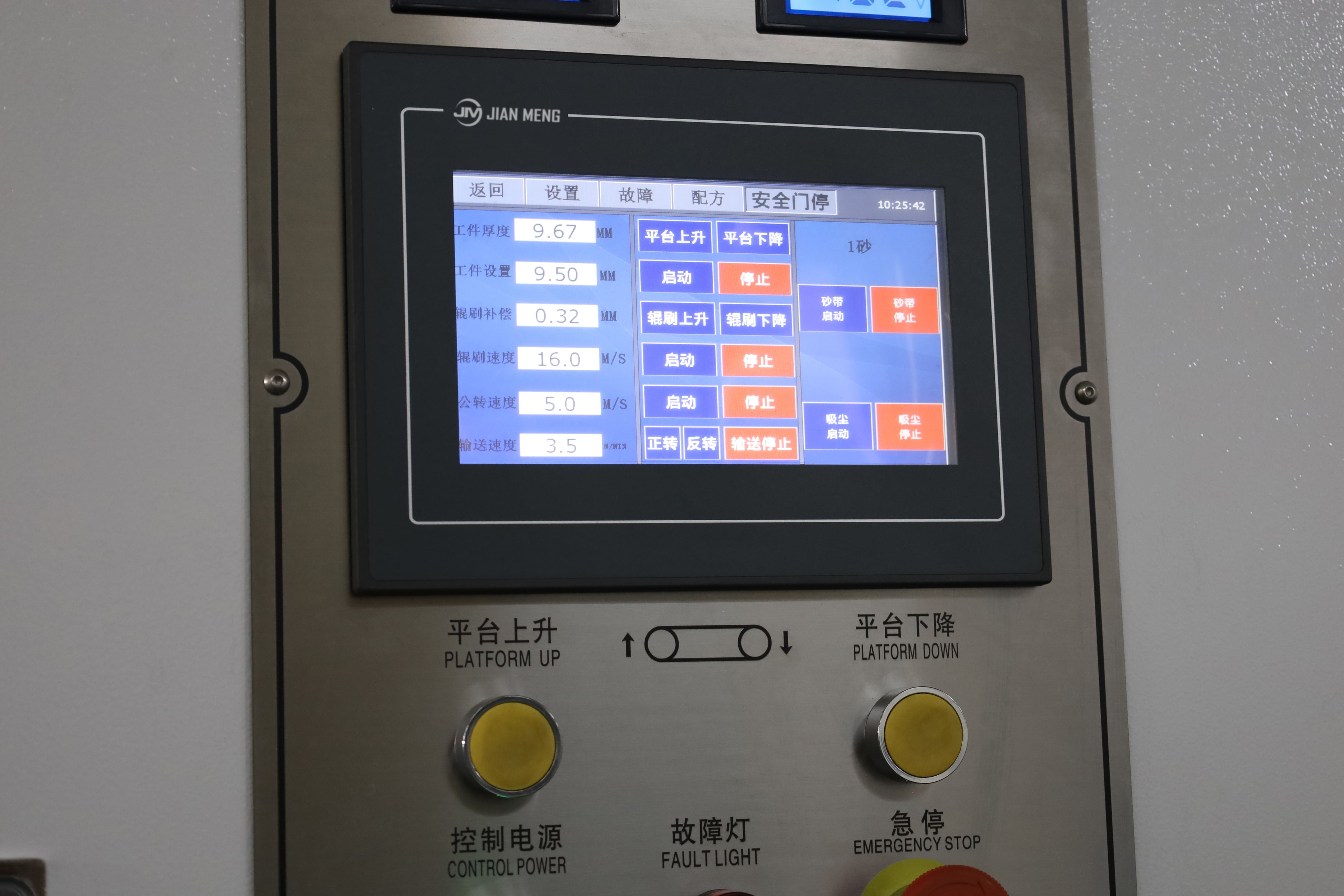
CNC Display Screen
The CNC display screen of the deburring machine is a key component of the equipment, responsible for centrally displaying and controlling all operation parameters during the deburring process, improving processing efficiency and precision. The CNC display not only provides real-time feedback but also allows the operator to make precise parameter adjustments according to the needs, ensuring the quality of the workpiece.
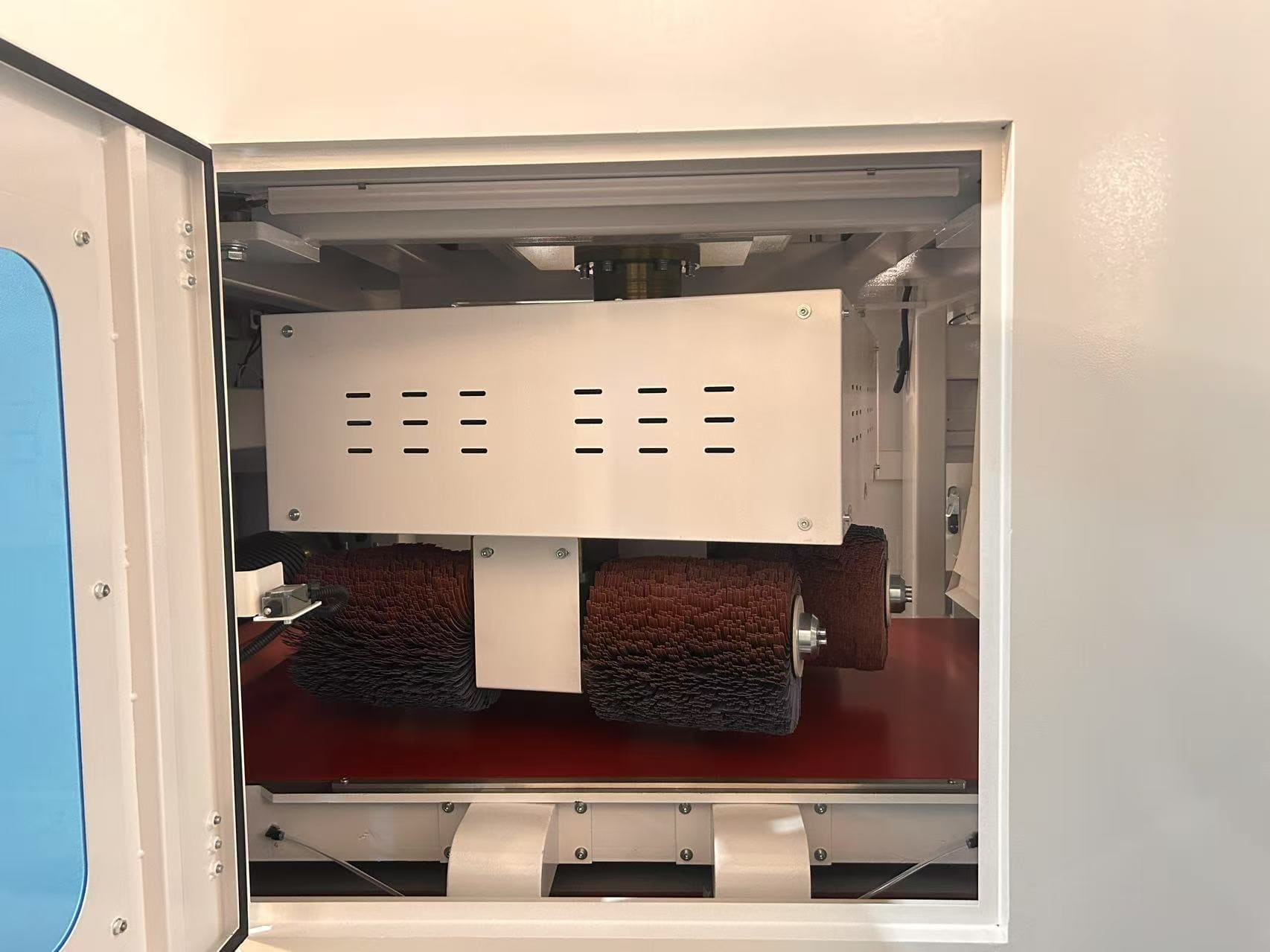
Roller Brush
The roller brush is a key component used for metal surface treatment, widely applied in deburring, brushing, cleaning, polishing, and other processes. It consists of multiple bristles, and the material, hardness, and arrangement of the bristles can be adjusted according to different processing requirements. The roller brush makes contact with the workpiece surface through rotational movement, effectively removing burrs, oxides, oils, and other impurities, thereby improving the smoothness and appearance of the metal surface.
Consumables
Abrasive Belt
Abrasive belts are widely used as abrasive tools for metal surface treatment. After undergoing special processing, they are formed into a belt structure, suitable for various tasks such as grinding, deburring, polishing, finishing, and wire drawing. The abrasive belt removes excess material through friction with the workpiece surface, improving the surface quality and appearance of the workpiece.
Roller brushes
The roller brush is an efficient tool used in metal processing and surface treatment, widely applied in deburring, surface brushing, cleaning, and removing oxide layers and oil stains. Its working principle is to make contact between the rotating bristles and the workpiece surface, achieving deburring, chamfering, and surface finishing.

Comparison of Before and After Deburring
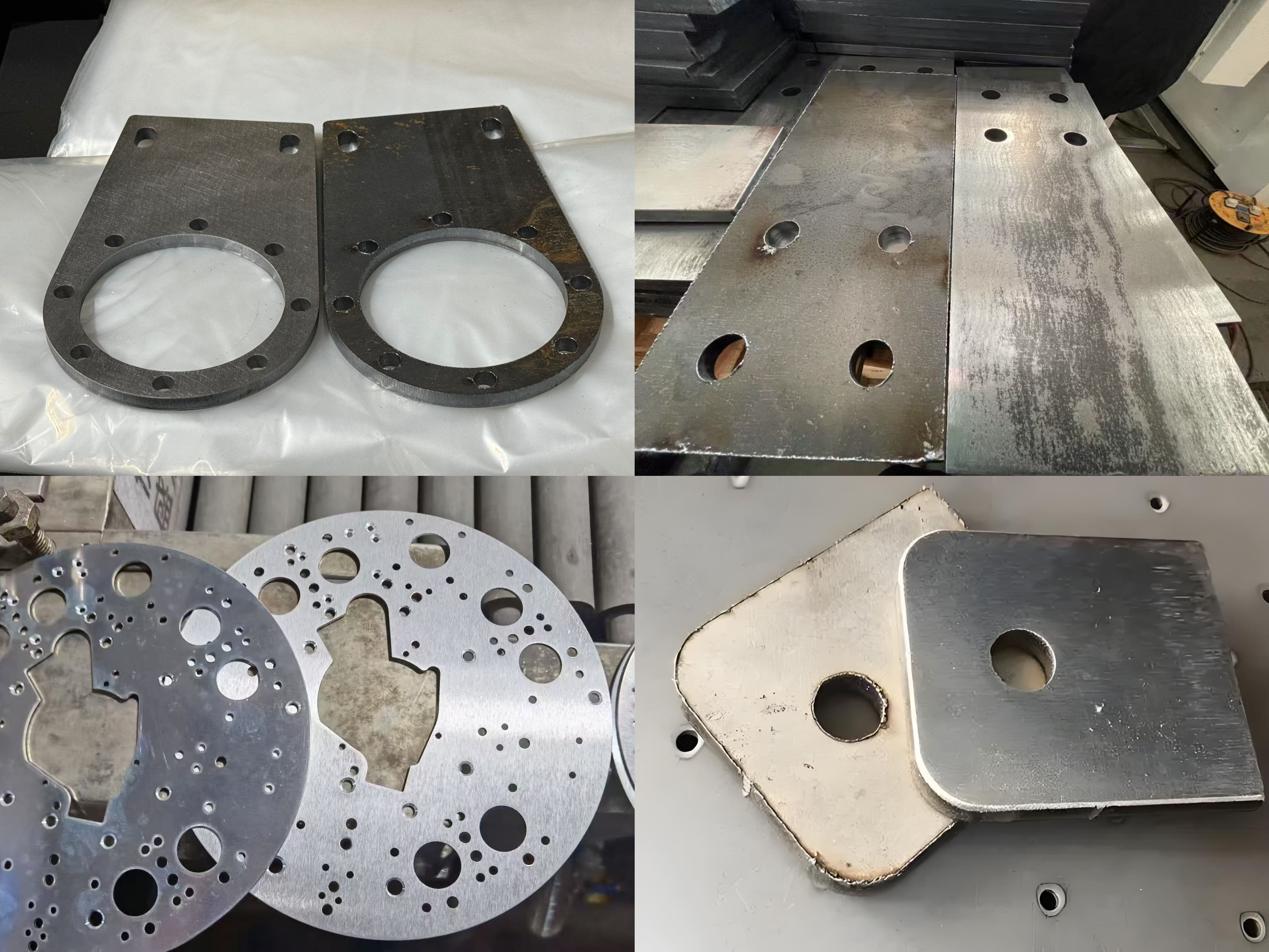
Before deburring:
Workpieces often exhibit burrs, sharp edges, or protruding fins as a result of cutting, stamping, milling, sawing, or drilling. These imperfections can be accompanied by surface oxides, welding slag, oil stains, or other contaminants. Such defects not only compromise the surface quality but may also interfere with subsequent processing steps like coating, welding, or assembly.
After Deburring:
Following the deburring process, the workpiece surface becomes smooth, clean, and free of burrs and sharp edges. All irregular projections and sharp corners generated during manufacturing are effectively removed. Edges are more uniform and rounded, minimizing the risk of injury, reducing wear on tooling, and ensuring better performance and compatibility in downstream operations.
XDP-800RPRT
Worktable width
800mm
Maximum load capacity
200kg
Processing thickness
1-90mm
Minimum processing size
(non-perforated plate) 50*50*0.5mm
Abrasive belt size
1900*820 mm
Polishing roller size
Φ200*820mm
Roller brush size
300*300*40 mm

Clients’ Deburring Cases
A leading manufacturer specializing in stainless steel components faced challenges with inconsistent edge finishing, low processing efficiency, and poor surface preparation that affected coating and paint adhesion. After adopting the JM Deburring Polishing & Brushing Machine, the company experienced a significant increase in production efficiency, enhanced edge consistency, and improved surface quality—particularly in removing weld oxidation and heat-affected zones. The intelligent, automated system also reduced manual labor and improved overall process stability.


